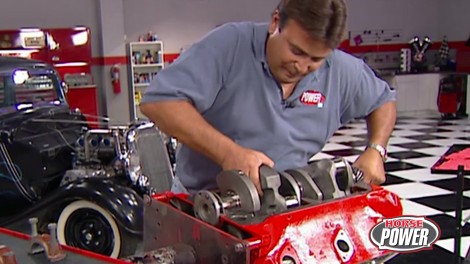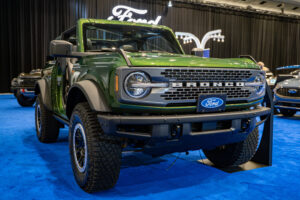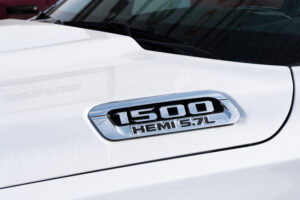
Machining And Building A Retro-Tech Flathead
Using new tricks on an old flathead. The Ford flathead is one of automotive history's most loved motors. That's why we machine and build one on this episode! Then, we head to the dyno to test out the results. Plus, a hot rod face-off between a 5-window coupe and a modern rod.
Season 4
Episode 1






























